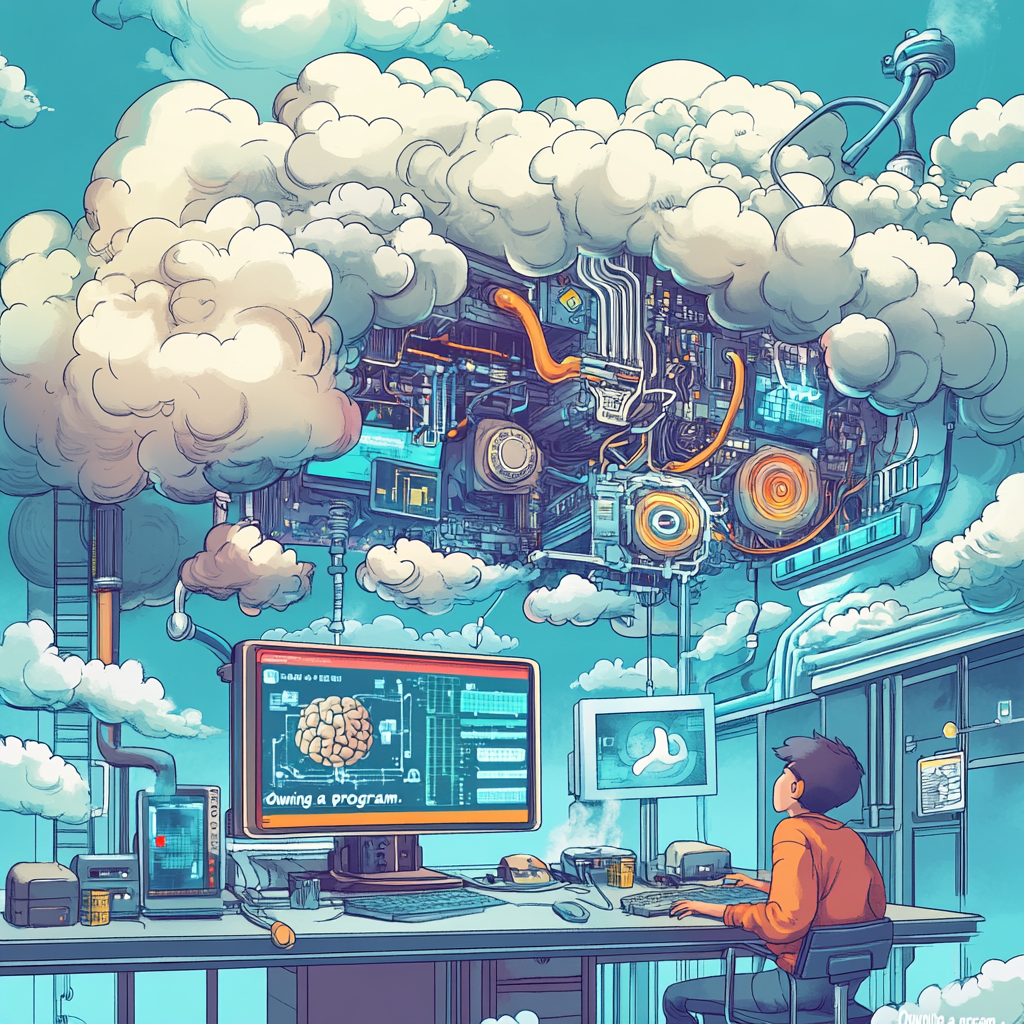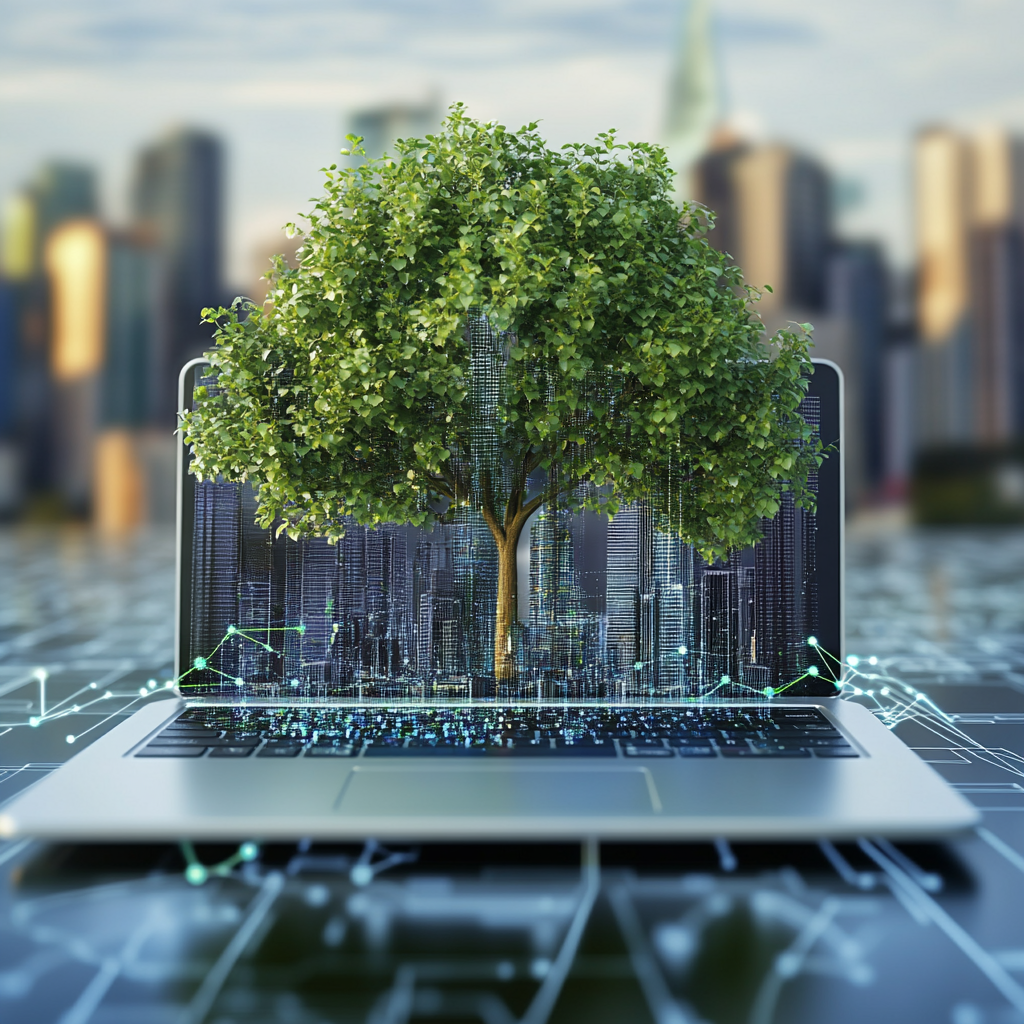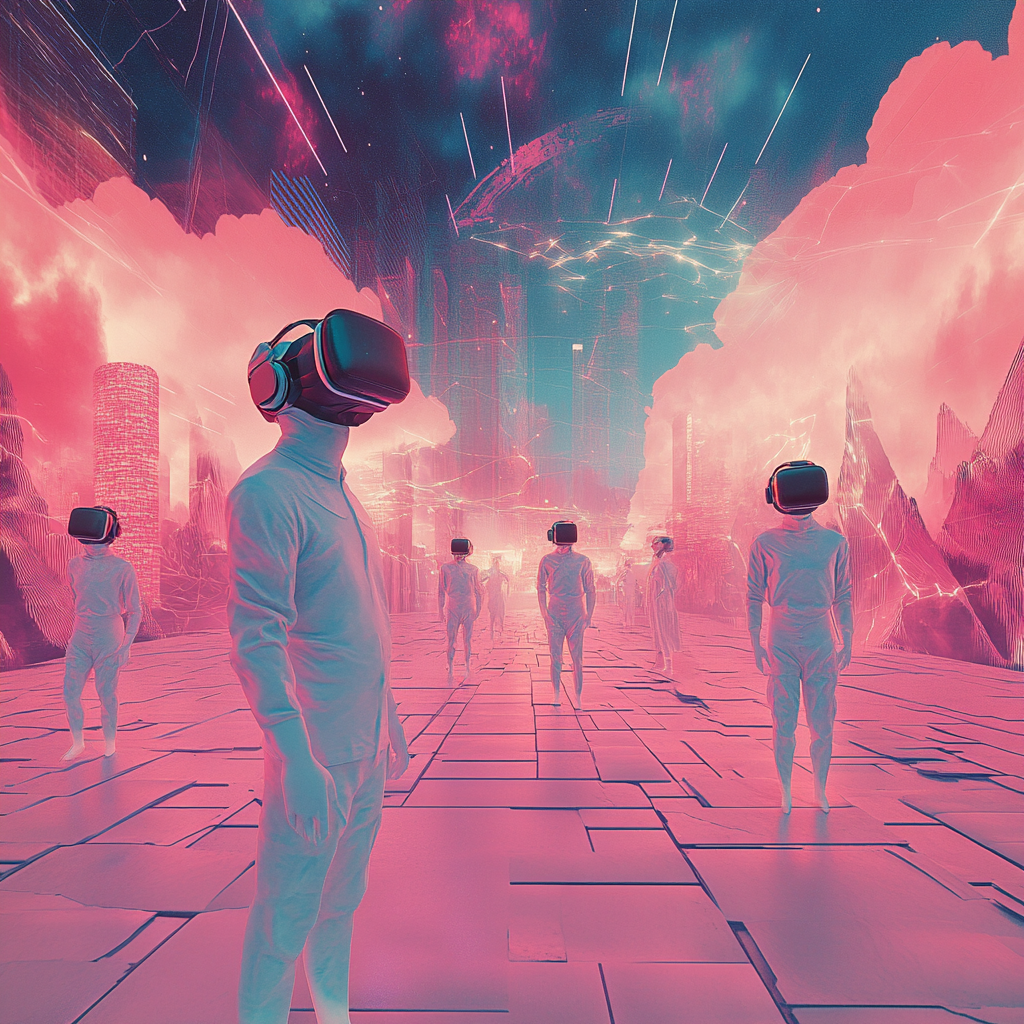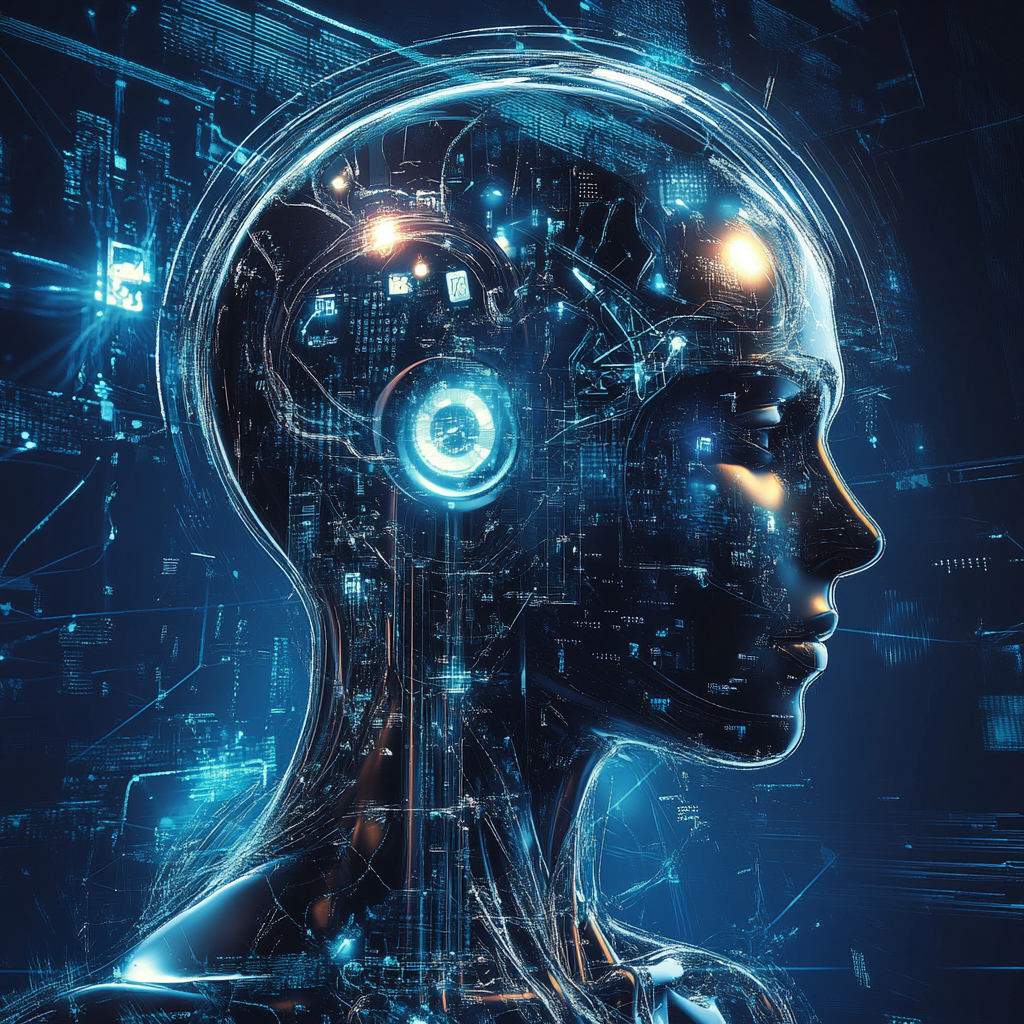Just 10-15 years ago, a computer was perceived as an autonomous machine: all files were stored locally, programs were installed from disks or manually downloaded from the Internet, and working on the Internet was limited to browsing websites and sending emails. Today, everything is different. Cloud services do not just complement — they have radically changed the approach to using computers, affecting data storage, collaboration, security, and even the very understanding of “owning a program.”
In this article, we will consider how exactly cloud technologies have transformed the computing experience.
🔄 1. From a hard drive to cloud storage
Previously, losing a computer could mean losing all data. Today, this is not the case. Thanks to cloud storage such as Google Drive, Dropbox, OneDrive, and iCloud, users are no longer tied to physical storage devices.
What has changed:
- 📂 Files are automatically synced between devices;
- 📱 You can access documents from your phone, tablet, or any PC;
- 🛡 There are backup copies – the risk of losing data is minimal.
👥 2. Real-time collaboration
Cloud applications such as Google Docs, Sheets, Slides have changed the very understanding of working with documents. No more sending files by email and waiting for edits. Now all participants can work on one document at the same time, seeing changes in real time.
This has become especially relevant with the transition to remote work and online learning.
💻 3. Light computers and weak hardware are not a problem
Previously, productivity depended on the power of the computer. Today, it depends on the speed of the Internet. Many services work in the browser and process data on their servers, reducing the load on the local device.
Examples:
- Video editing and graphics via Canva, Figma, Clipchamp;
- Online 3D modeling;
- Launching virtual machines and remote desktops (for example, via Amazon Workspaces or Windows 365).
- Now even an inexpensive laptop with minimal specifications can handle serious tasks.
🧠 4. Automation and AI via the cloud
Integration of AI services and automatic algorithms is now available not only to large companies, but also to private users. All thanks to cloud computing.
For example:
- Google Photos automatically sorts photos by faces and events;
- Notion AI and ChatGPT generate texts, ideas, and even code;
- Zapier, Make allow you to connect dozens of applications into automatic scenarios without a single line of code.
🔐 5. Security and control
Although clouds have their own risks, leading services provide multi-level data protection: encryption, two-factor authentication, monitoring of suspicious activities.
There are also tools for:
- Managing access to documents;
- Restoring previous versions of files;
- Logging user actions in teams.
📉 6. Reduced dependence on a specific device
With the cloud, the computer has become untethered from the hardware. Lost your laptop? No problem — you can log into your account from any other device and continue working where you left off.
This is especially important for:
- Freelancers and digital nomads;
- Users with multiple devices (phone, tablet, PC);
- Businesses working with distributed teams.
🚀 7. New approach to software: SaaS
The emergence of the SaaS (Software as a Service) model has changed the very concept of using software. You no longer need to buy a license once — services are provided by subscription and are constantly updated.
Examples:
- Adobe Creative Cloud (Photoshop, Premiere, etc.);
- Microsoft 365 (Word, Excel, Teams);
- Slack, Zoom, Trello, Notion and other business tools.
Cloud services have not only made working with a computer easier, they have redefined the role of the computer in the user’s life. Today, the PC is just one device for entering a digital ecosystem where the data is at the center, not the computer itself. This has opened up new horizons for remote work, mobility, security, and automation.
The future will likely continue to move towards a cloud infrastructure, where it will be more important not what device you work on, but what cloud services you use.






Leave a Reply